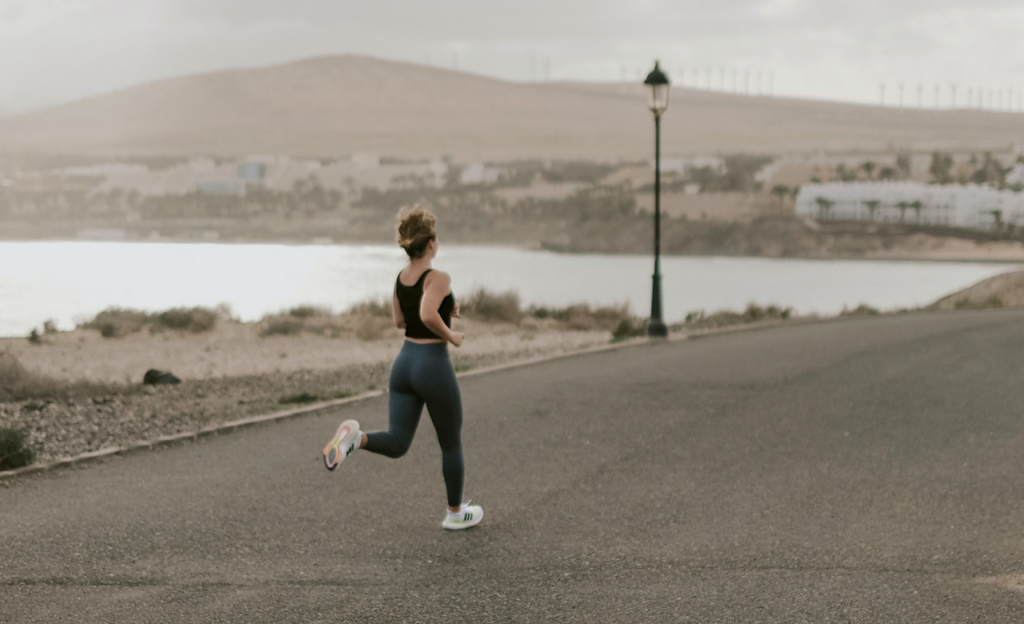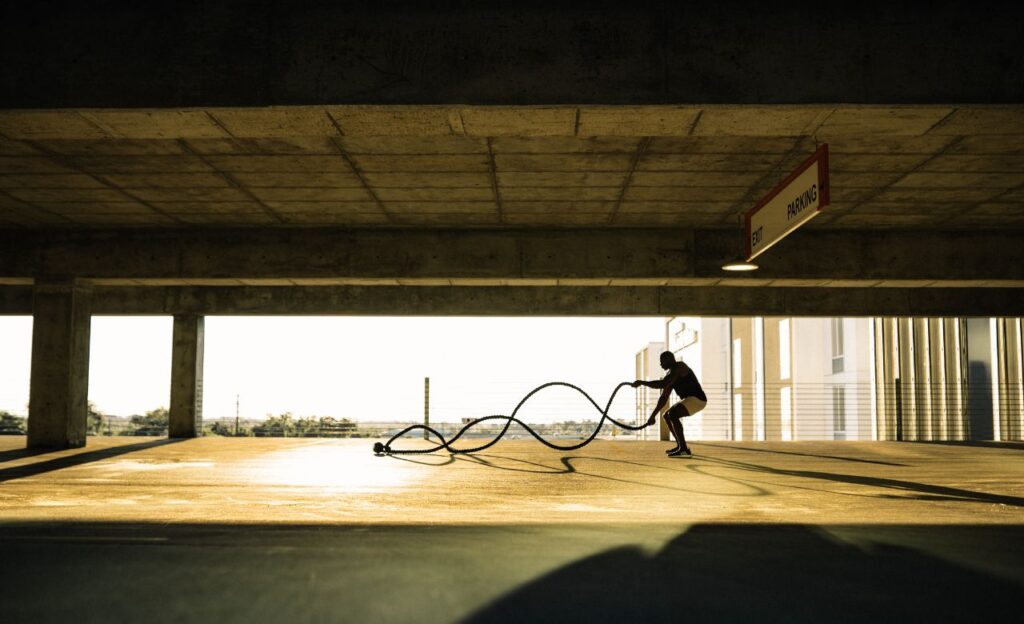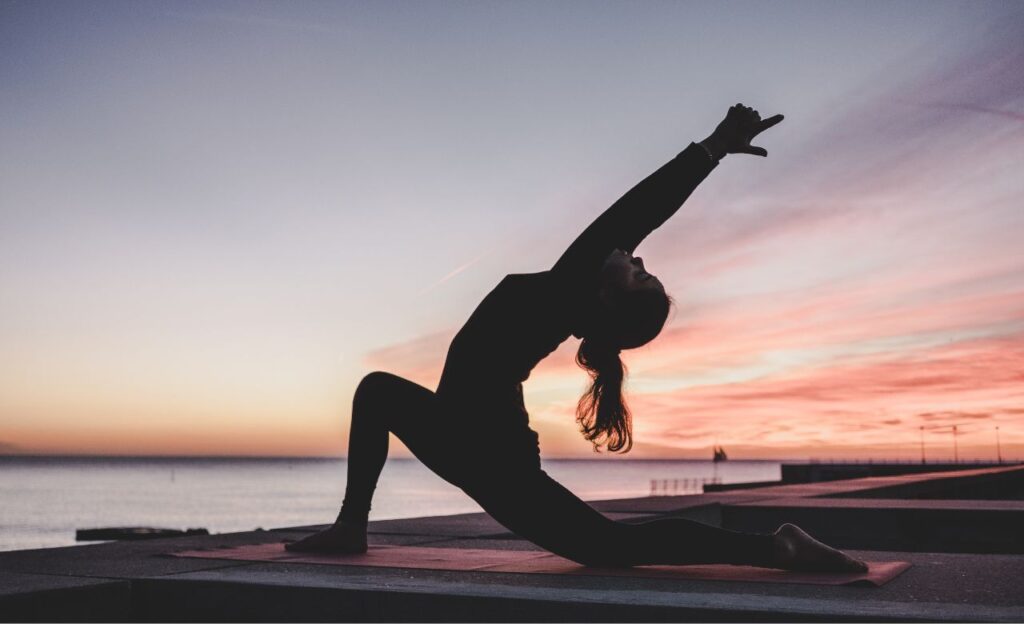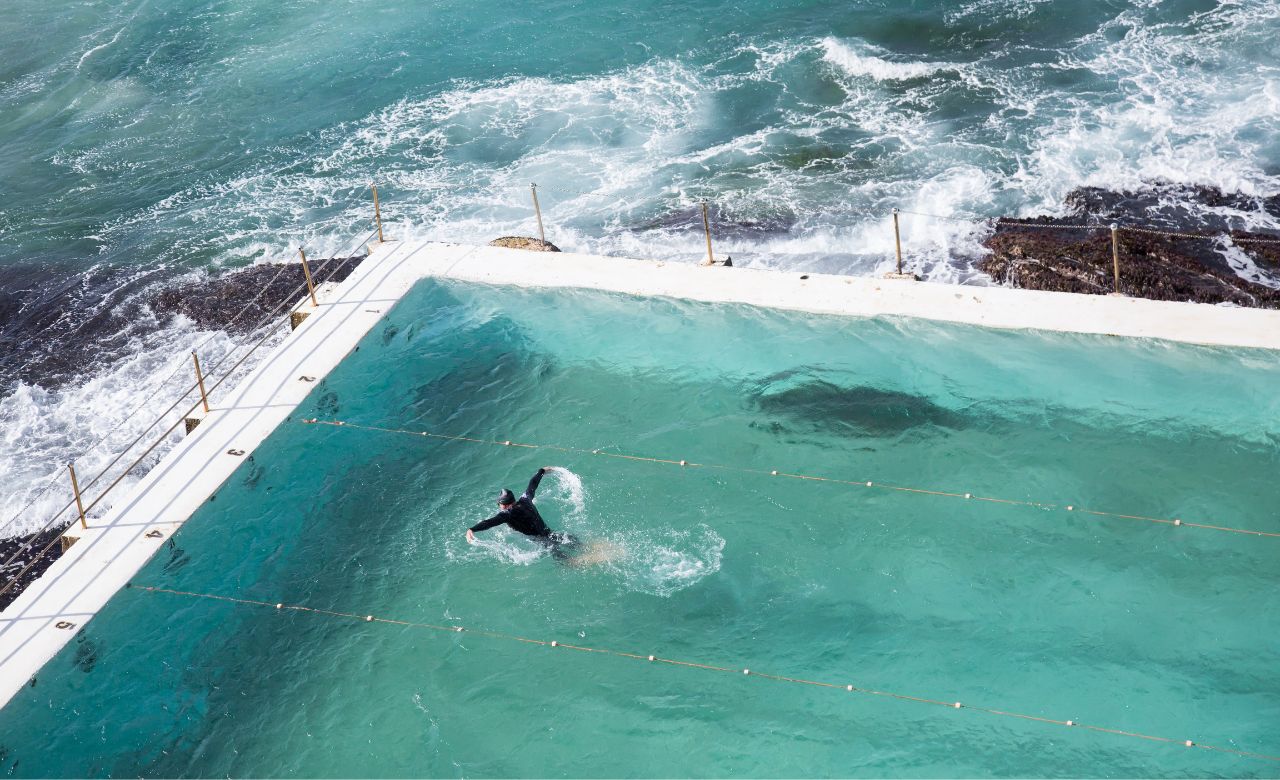While you don’t need to be crossfit buff or gymnast flexible in order to surf, it definitely becomes easier when you’re fit.
But this begs the question: how exactly do you stay fit for surfing if there are no waves or you don’t live near an ocean?
The answer is surf training.
Professional surfers know the value of surf training routines. Most advanced and intermediate-level surfers know it too. But if you’re just starting your learn-to-surf journey, it’s easy to underestimate just how taxing surfing can be on the body.
So, to ensure you don’t run out of energy after only one wave, we wrote this handy article. Not only will it help you stay fit for surfing, but it’ll also help first-time and beginner surfers catch more waves and get more from their surf experience!
The different ways you can get in shape for surfing
Surfing is unique in that it’s a full-body sport.
Sure, there are some muscles that get worked harder than others – your legs and arms exert most of the effort. But to generate speed and perform maneuvers, you need to engage your core muscles too.
This is where surf strength training, surf paddle training and surf balance training can help you get into surf shape. But where to begin? What are the best exercises for each type of training? And do I really need to stay fit for surfing or can I simply wing it?
All these questions (and more) are answered below!

Start with the surf strength training fundamentals
Worried that your arms will be reduced to limp noodles within the first 10 minutes of your surf session? Then you need to begin with the surf strength training fundamentals.
This doesn’t mean you should spend hours in the gym grunting and sweating like a maniac. Instead, you should develop surf-specific muscles and muscle groups. For example, you need a strong lower body for turning your board, a solid core for maintaining balance plus strong shoulders and arms for popping up and paddling.
In short, the goal here isn’t to beef up or pack on the muscle.
It’s to train your body for the various explosive movements and positions you’ll experience while surfing using compound exercises (like these surf workout examples) that work multiple muscle groups at the same time.

Do lots of cardio and surf paddling training
In addition to strengthening exercises, cardio and paddle practice are other crucial aspects of surf training that can prove the difference between a great session and an embarrassing wipeout.
Surfing is, after all, a way more demanding sport than many people give it credit for.
And because your cardio levels will be put to the test when you have to catch or paddle through oncoming waves, activities such as running, swimming and light weight/high rep training are great for landlocked surfers and those days when the swell doesn’t cooperate.
Surf paddling training is also a fantastic way to stay fit for surfing, but it’s hard to emulate the movements of paddling on a surfboard.
Fortunately, products such as the Surfatom help simulate the act of paddling on a surfboard so you can train in a pool. But when it comes down to it, your paddle endurance is directly linked to your cardiovascular shape, so make sure you’re doing plenty of cardio.
Practice your surf balance training
Surf strength training and surf paddle training are incredibly important if you want to stay fit for surfing when riding waves isn’t possible. But all the shoulder muscles and cardio fitness won’t help if your balance is shot.
This is where activities like yoga and surf skate come in.
By improving your range of motion and flexibility through surf-specific yoga exercises, you’ll be able to maintain better balance while surfing and have an overall more enjoyable experience.
Surf skating is also a massive help when it comes to staying fit for surfing. Not only does it keep your surf flow skills sharp, but a 30 to 60 minute surf skate session can really get your heart rate up (so long as you have the right surfskate board).
Alone, both of these activities are great. But by combining them you can refine your sense of balance and look forward to riding more waves for longer once you’re back by the beach.

Bonus Section: Breathwork for surfers
Before we round off this article it’s necessary to mention breathing as a way to stay fit for surfing.
After all, when you’re in the water, you need to be able to hold your breath for extended periods of time. Not to mention that your breathing rate affects your hate rate, which in turn has an impact on your performance. This makes breathwork somewhat of an X factor when it comes to surfing better.
Check out this article to learn more about how breathwork exercises can benefit surfers of all levels.
Conclusion
Want to stay fit for surfing even when the waves are non-existent? Then make sure you’re following the tips in this article. From surf strength training to practising your balance, there are plenty of ways to stay fit for surfing.
You can also get a lot of inspiration from professional surfers on youtube, as they need to stay in shape and “ready” for the next big swell throughout the year.
We have previously written about Ítalo Ferreira’s approach to surfing training (Brazilian pro surfer). He is one of the hardest-working athletes on tour, so there is a lot to be learned from him. In the video below, he speaks about surf training and the importance of having a good balance between power, endurance and mobility.
Just remember to have fun with it and enjoy the process. You’ll be shredding once again in no time!


